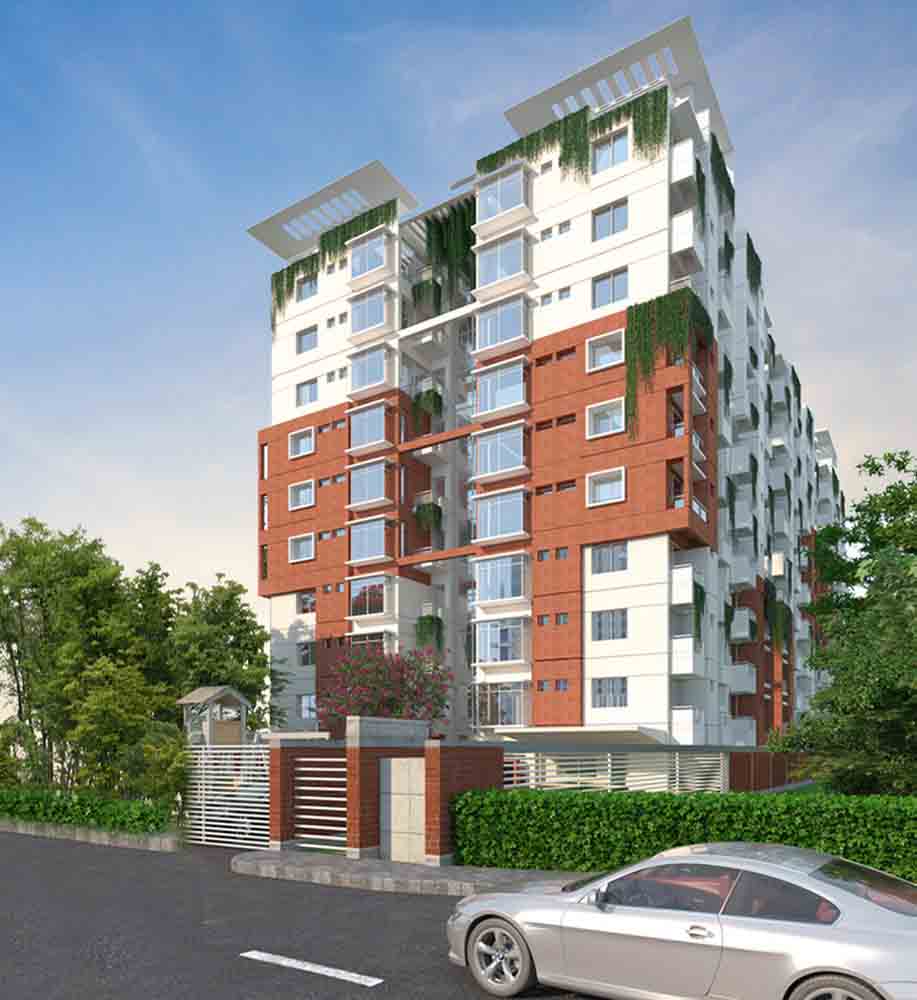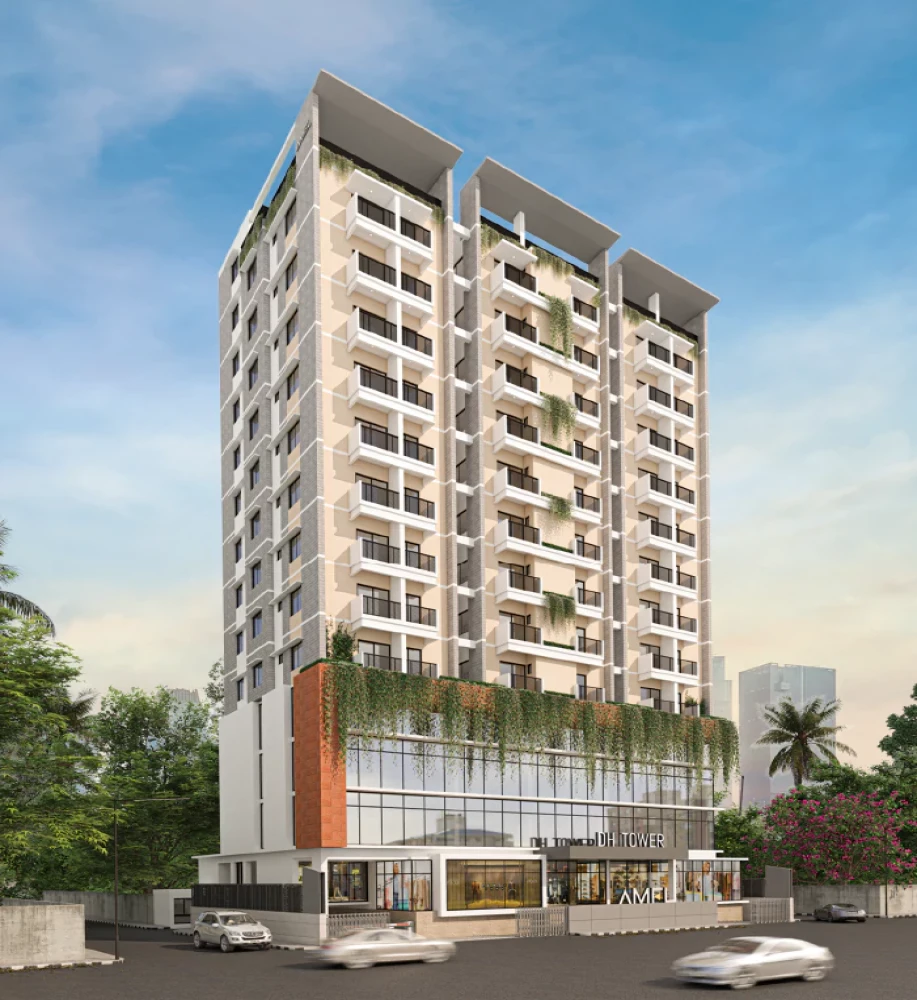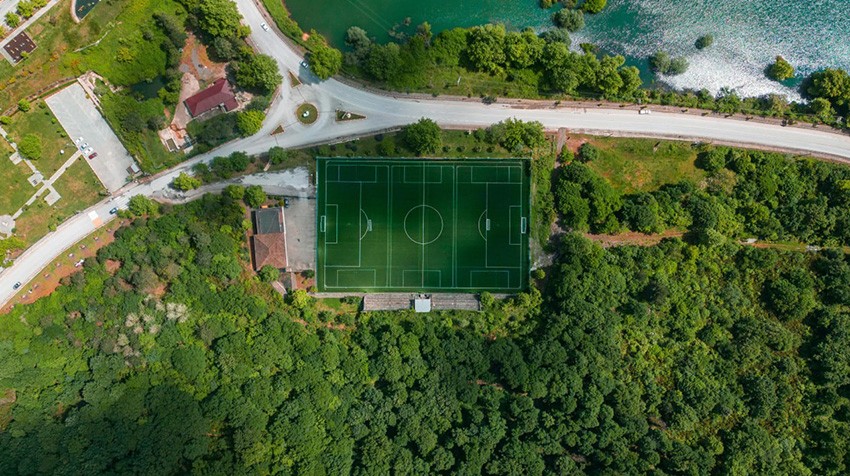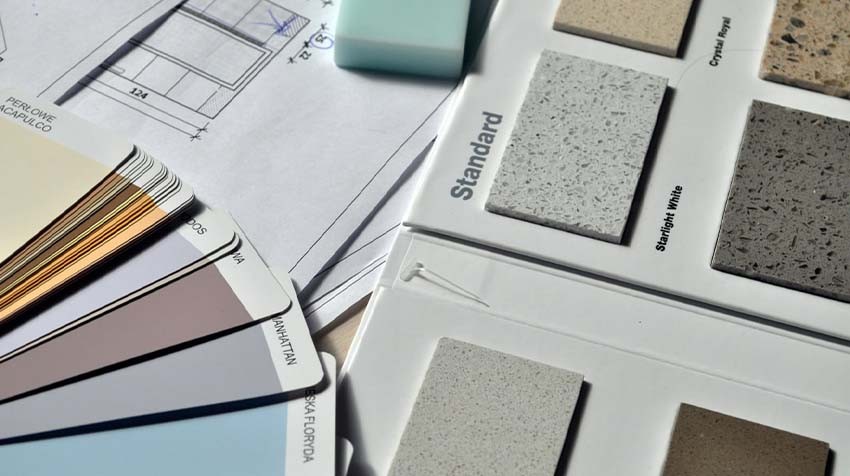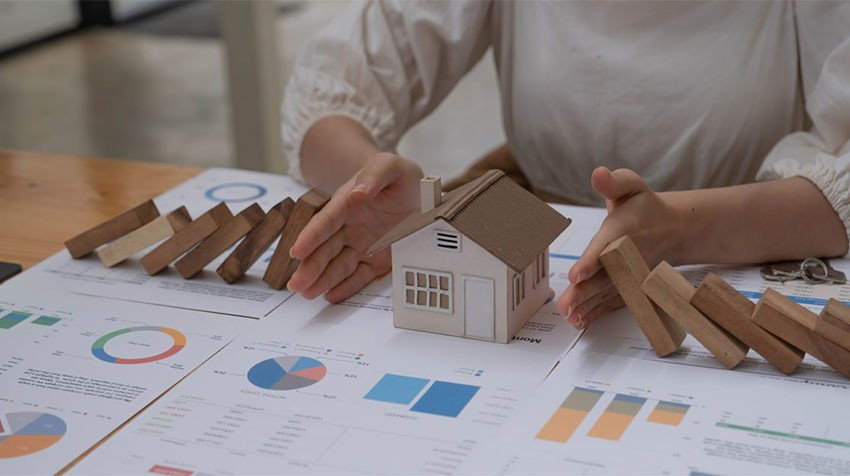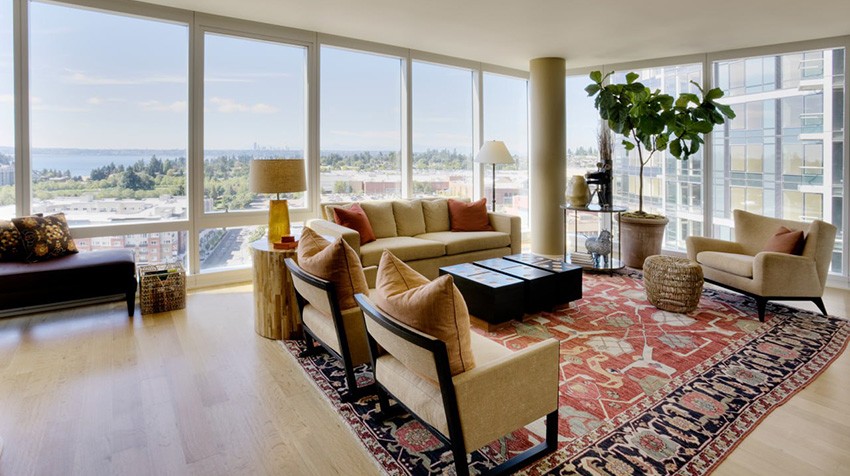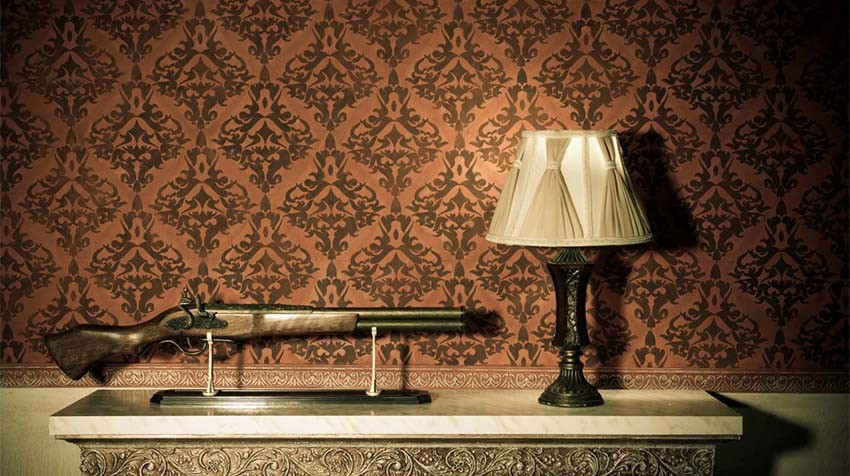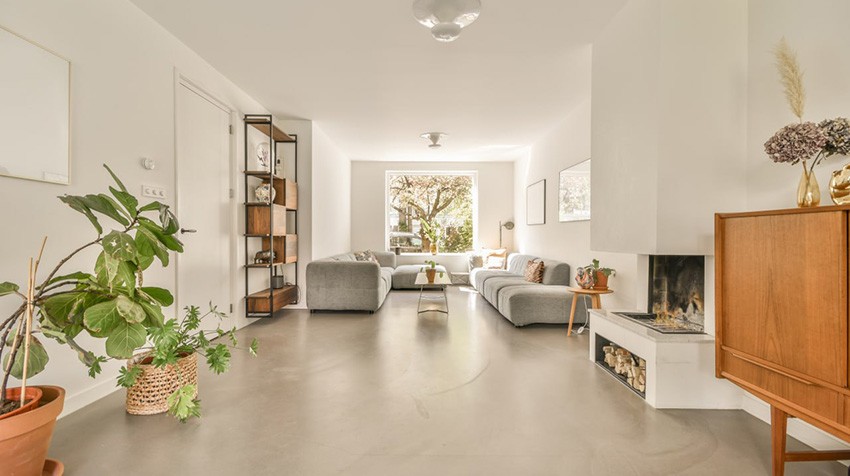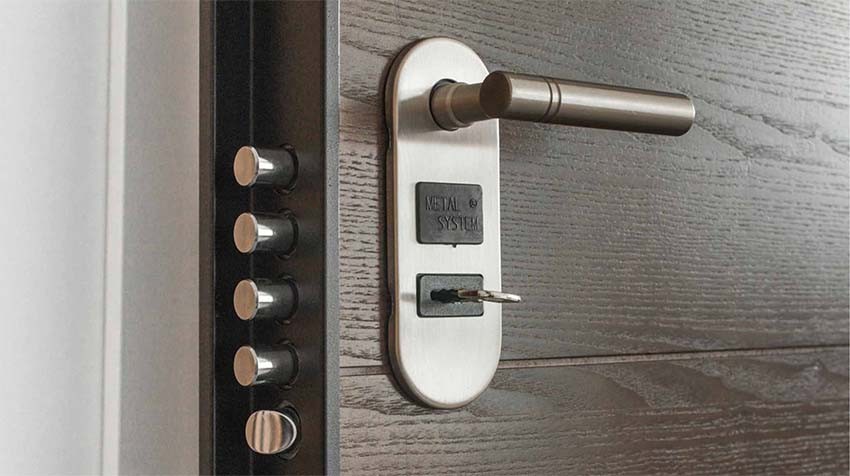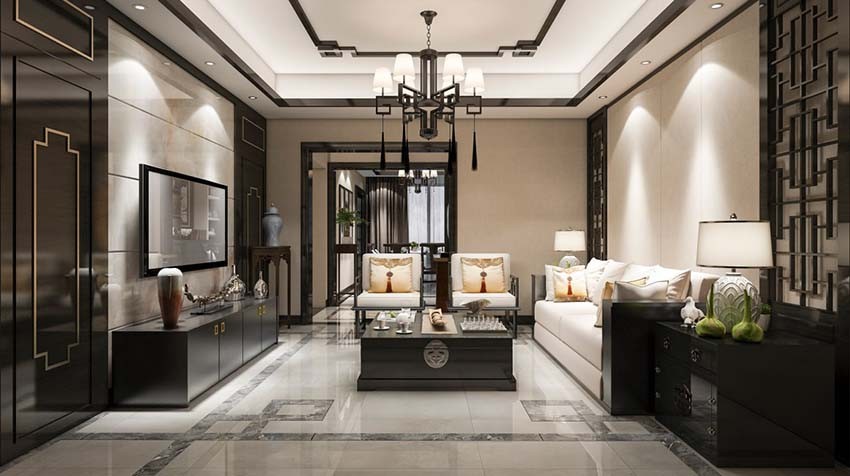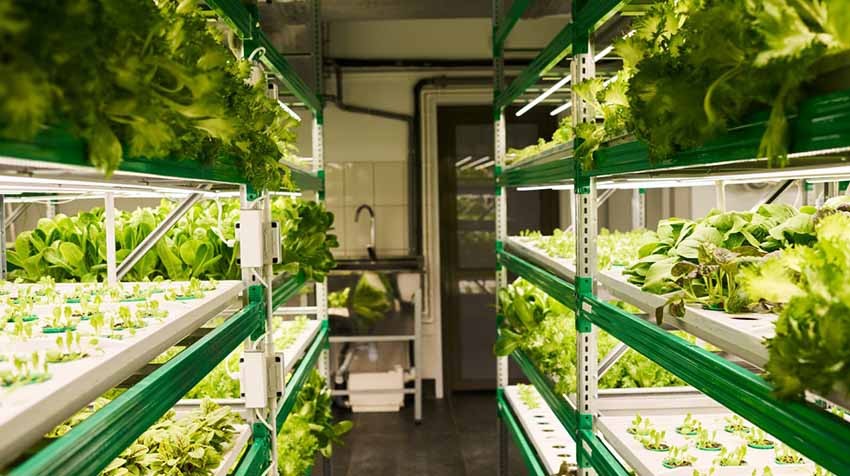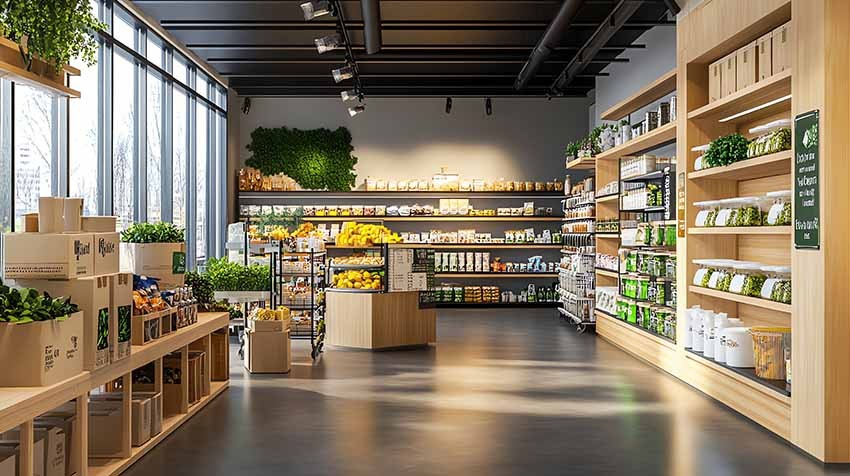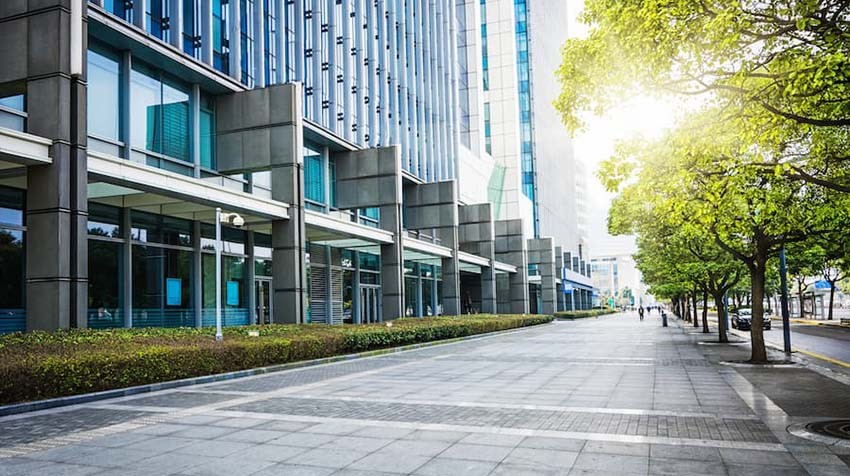
GREEN GARDENIA, Mohammadpur
Size : 1384-1390 sft.
DH TOWER, Mohammadpur
Size : 1323-1676 sft.
GREEN TOUCH, Mohammadpur
Size :
A Gem in Dhaka’s Urban Landscape
Dhaka, with its sprawling neighborhoods and bustling streets, offers various experiences, but few areas resonate as deeply with locals as Mohammadpur. Whether it's the vibrant street food stalls dotting its roads or the enduring humor about its quirks, Mohammadpur is a neighborhood that stands out. One viral joke among Dhaka residents goes: "Mohammadpur locals felt safer in Ukraine during the war than in their own neighborhood!"—a meme that reflects both the charm and chaos of this iconic area. Yet, behind the playful remarks lies a truth that many Dhakaites know: Mohammadpur is a thriving, community-centered, and desirable place to live.
Established as Dhaka’s first planned residential area in 1954, Mohammadpur has consistently been an attractive destination for both upper-middle, middle-class and even lower class families. Despite the city’s fast-paced development, Mohammadpur has managed to preserve its "old-world charm." Many of the early homes, once colonial-styled residences, have been transformed into sleek apartment buildings. Yet, the nostalgia of yesteryear still lingers, adding a touch of character to the otherwise modern urban sprawl.
It's no wonder people are eager to secure apartments here. Residential blocks such as Baitul Aman Housing Society, Kaderabad Housing, and Chad Miah Housing offer premium living spaces. But what truly sets Mohammadpur apart is Japan Garden City, one of the largest apartment complexes in Bangladesh, showcasing the neighborhood's ability to merge tradition with modernity.
Ask any resident, and they will tell you that Mohammadpur’s greatest strength lies in its people. The sense of togetherness is palpable—whether it’s through community organizations like the Mohammadia Housing Society or the close-knit feel of the local neighborhoods. Generations of families have grown up here, forming deep-rooted connections with the place and each other.
This communal spirit extends to the various gated neighborhoods scattered across the area, where safety, tranquility, and unity are top priorities. Even as Mohammadpur has expanded into areas like Bosila, attracting more affordable housing options, the heart of the community remains strong.
One of Mohammadpur’s most celebrated features is its connectivity. Well-designed roads like Tajmahal Road and Humayun Road keep the area linked to the rest of Dhaka. Thanks to the foresight of urban planners, Mohammadpur has largely avoided the waterlogging issues that plague other parts of the city. Residents and visitors alike can take advantage of the extensive public transport options, with buses, rickshaws, and CNGs always within reach. The Mohammadpur Bus Stop serves as a critical transport hub, while Asad Gate, both a historical monument and a practical transit point, connects people to the wider city. And for those looking to travel beyond the capital, the nearby Gabtoli Bus Terminal offers seamless access to intercity destinations.
Mohammadpur isn’t just about convenience; it’s also a hub for some of Dhaka’s top educational institutions. Parents flock to enroll their children in schools like Dhaka Residential Model College, St. Joseph Higher Secondary School, and Mohammadpur Government High School. These schools, alongside many others, provide a solid educational foundation that is highly valued by residents.
When it comes to healthcare, Mohammadpur stands tall. Institutions such as Care Medical College & Hospital, Dhaka General & Orthopedic Hospital, and the Trauma Center offer specialized services, ensuring that the area’s healthcare needs are well-covered. Proximity to Dhanmondi further bolsters Mohammadpur’s medical landscape, with additional hospitals just a short drive away.
For history enthusiasts, Mohammadpur offers more than just modern amenities. It’s home to some of Dhaka’s most iconic landmarks, such as the Sat Gombuj Masjid (Seven-Domed Mosque) and the Martyred Intellectuals Memorial at Badhya Bhumi Smriti Soudha. These sites serve as poignant reminders of Bangladesh’s rich cultural and historical heritage. Asad Gate, named after a martyr of the independence movement, adds further depth to the neighborhood’s historical significance.
Despite its historical roots, Mohammadpur is not stuck in the past. The rapid rise in both residential and commercial development is evident, with a particular boom in the real estate market. The area's proximity to Dhanmondi, combined with relatively affordable property prices, has attracted a surge of interest from startups and small businesses. Yet, despite this commercial buzz, Mohammadpur has maintained its identity as a predominantly residential area, where families thrive.
As with any rapidly expanding urban area, Mohammadpur faces its share of challenges. The influx of people, with over 527,000 residents packed into just over 7 square kilometers, has resulted in some growing pains. Crowded streets, traffic congestion, and occasional security concerns have become part of daily life here. Mugging incidents, while not uncommon, are a symptom of the area’s rapid urbanization.
But for many, these inconveniences are a small price to pay for living in a neighborhood with such a rich sense of community and history. The charm of Mohammadpur, from its historic sites to its lively streets, far outweighs the occasional hardships that come with city living.
In the end, Mohammadpur is much more than the memes and jokes suggest. It’s a vibrant, evolving community that offers both the conveniences of modern living and the comforts of a tight-knit neighborhood. From its historical landmarks to its bustling markets, well-regarded schools, and healthcare facilities, Mohammadpur continues to be one of Dhaka’s most desirable areas to live. Its blend of old and new, of charm and practicality, makes it a standout neighborhood in the heart of the city.
For Dhaka residents who haven’t experienced Mohammadpur, whether through its rich cultural heritage or its irresistible street food, it’s worth a visit. And for those who call it home, it remains a wonderful place to build a life.
City Insights
1. Mohammadpur strikes a balance between its historical roots and urban development, with modern apartment complexes standing alongside heritage buildings that give the area its unique character.
2. The area fosters a strong community, with residents actively engaged in local initiatives, while its diverse cultural mix and expanding neighborhoods like Bosila add to its vibrant, evolving atmosphere.
3. Known for its well-planned streets, Mohammadpur enjoys minimal waterlogging and easy navigation, setting it apart from other parts of Dhaka.
4. With great transport links and a bustling local life filled with street food stalls, markets, and historical sites, Mohammadpur offers a convenient and lively lifestyle for residents and visitors alike.
Nearby Train Stations
With great transport links and a bustling local life filled with street food stalls, markets, and historical sites, Mohammadpur offers a convenient and lively lifestyle for residents and visitors alike.
Areas of Concern
Busy roads such as Tajmahal Road face constant heavy traffic, leading to prolonged commute times.
Economic disparities are evident in nearby slum settlements, which can impact neighborhood safety.
While certain areas are thoughtfully designed, others lack adequate development and upkeep.
